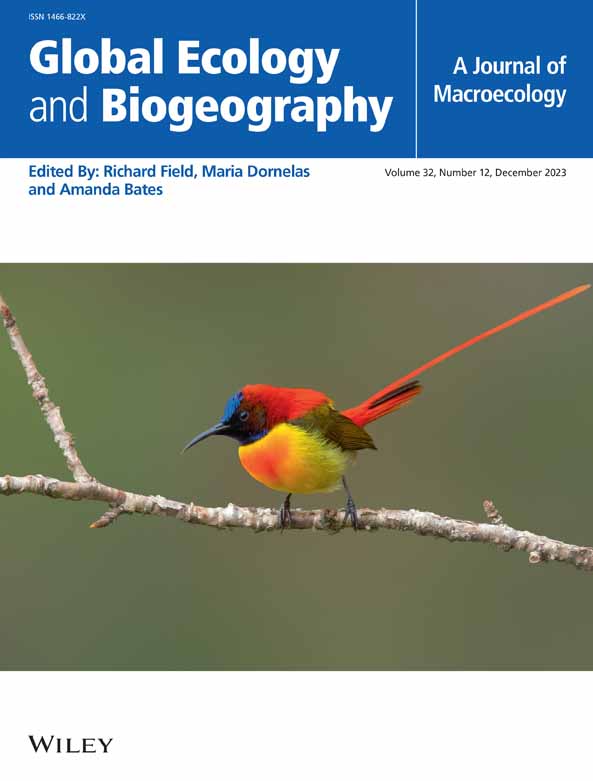Do Chemosynthetic and Coral Communities Defy Deep-Sea Ecological Paradigms?
Abstract
Aim
Broad biodiversity patterns (e.g., the latitudinal diversity gradient) are cornerstones of ecology that are fundamental in understanding the distribution of life on the planet. In the deep sea, declining faunal abundance/biomass with depth and a mid-continental slope diversity maximum are among the most well-defined patterns. However, they have largely been tested with samples of sediment faunal communities. Here, we synthesise new biomass, density, and diversity data with existing data from chemosynthetic and cold-water coral (CWC) communities spanning > 3000 m depth to test the validity of these paradigmatic hypotheses in deep-sea communities associated with hard substrata.
Location
Continental slope of the northern Gulf of Mexico (~200–4000 m depth).
Time Period
Present day.
Major Taxa Studied
Deep-sea macrofaunal communities associated with soft-sediment and hardgrounds (e.g., CWCs and cold seeps).
Methods
Relationships between macrofaunal abundance and biodiversity versus depth were tested with Generalised Additive Models. Habitat suitability model outputs were used to assess changes in CWC habitat over depth. Beta diversity partitioning was used to quantify richness and replacement components of community turnover with depth.
Results
We did not find support for these paradigmatic patterns in either chemosynthetic or CWC communities; instead, we found idiosyncratic biodiversity patterns with high abundance and diversity maintained across depths.
Main Conclusions
Our results suggest that seascape-scale biodiversity patterns of the seafloor should be reappraised with due consideration for geological and biogenic habitat heterogeneity. We discuss the roles of localised energy sources, nutrient recycling/retention, and species adaptations as potential drivers of the high biodiversity and steady or increasing abundance at depths with relatively little sinking detrital carbon. Our results have major implications for the management of regional and global marine biodiversity, with the increasing evidence that chemosynthetic, cold-water coral, and other hard-substratum ecosystems are widespread throughout the global ocean and increasingly threatened by anthropogenic and climate stressors.

 求助内容:
求助内容: 应助结果提醒方式:
应助结果提醒方式:


